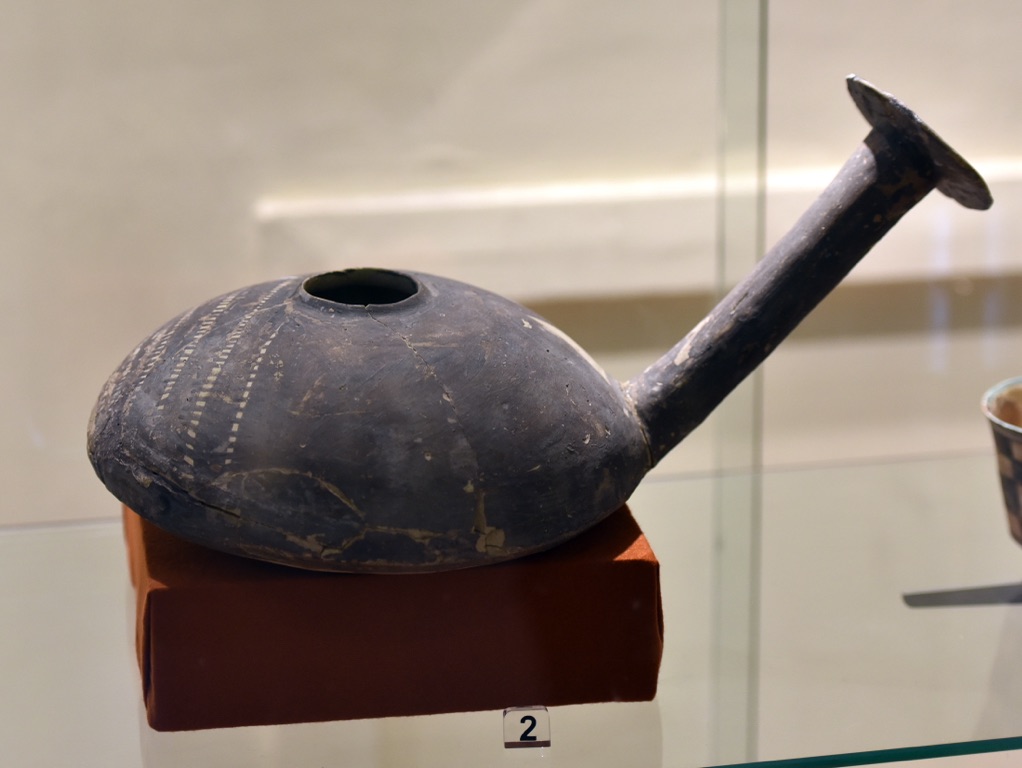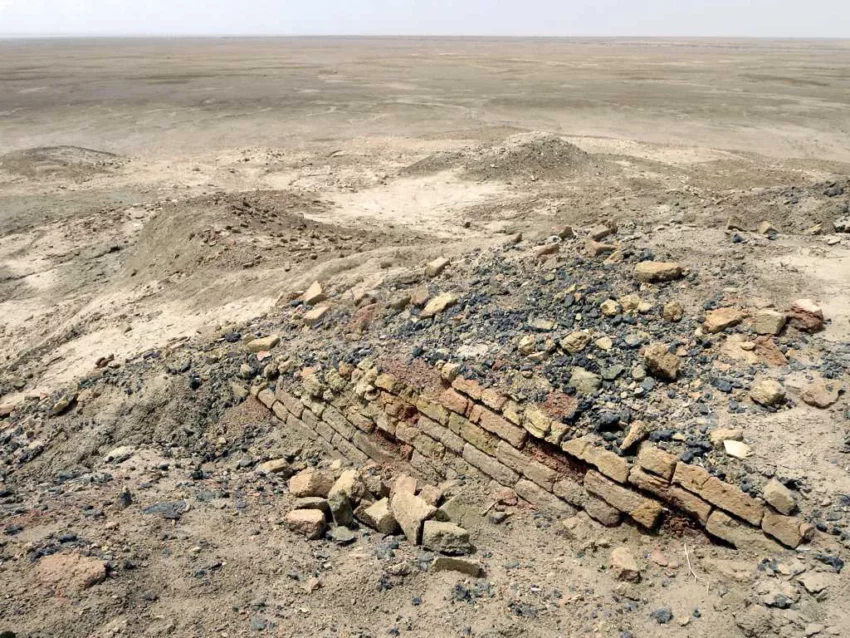Eridu, located in present-day Iraq, is often cited as one of the oldest cities in the world. It was once a significant port city on the Persian Gulf, thriving with activity and trade. Eridu is particularly notable for its temple dedicated to the god Enki, one of the chief deities in the Sumerian pantheon. Archaeological excavations have revealed a sequence of temples, each built atop the ruins of its predecessor, indicating the city’s long-standing religious significance. The city’s history is deeply intertwined with the earliest developments of urbanization and state formation in Mesopotamia.
Get your dose of History via Email
Historical Background of Eridu
British archaeologist Sir Leonard Woolley discovered Eridu in 1855. Excavations began in the 1940s, revealing its ancient roots. The city was founded by the Sumerians around 5400 BC. Over time, it became a bustling urban center. Eridu was believed to be the first city created by the gods in Sumerian mythology, making it a place of great spiritual importance.
The city’s most famous structure is the Temple of Enki, built and rebuilt over centuries. Each iteration was larger and more elaborate than the last. This practice reflected the city’s growing wealth and importance. Eridu’s influence waned as nearby Ur rose to prominence, but the city remained inhabited until around 600 BC.
Later cultures, including the Babylonians and Assyrians, revered Eridu. They often referenced it in their own religious texts. Despite its decline, the city never lost its sacred status. It was the scene of many significant historical events, including the development of some of the earliest forms of writing and complex society.
Archaeological evidence suggests that Eridu was abandoned due to environmental changes. The Persian Gulf receded, and the area became too arid to support a large population. However, the city’s legacy lived on in the collective memory of Mesopotamian peoples as the first city, the original home of civilization.
The ruins of Eridu offer a window into the distant past. They provide invaluable insights into the origins of urban life. The city’s story is a testament to the ingenuity and resilience of ancient societies in the face of environmental and social challenges.
About Eridu
Eridu’s architecture reflects the ingenuity of the Sumerian civilization. The city was built using mud-brick, the most readily available material in the region. The city’s layout was typical of Mesopotamian cities, with a central temple complex surrounded by residential and administrative buildings.
The Temple of Enki, also known as the E-abzu, was the city’s centerpiece. It featured a ziggurat, a massive terraced structure that served as the high place for worship. The temple’s design evolved over time, with each new layer signifying a new phase in the city’s history and its relationship with the divine.
Residential areas in Eridu were organized around the temple, indicating the central role of religion in daily life. Houses were also made of mud-brick, with courtyards and small shrines indicating the inhabitants’ piety. The city’s streets were narrow, winding between the buildings, a characteristic of ancient urban planning.
The city’s economy was based on agriculture, fishing, and trade. Eridu’s position on the Persian Gulf allowed it to become a trade hub. Goods from far-flung regions would arrive at its ports, facilitating cultural and economic exchange.
Despite the ravages of time, the ruins of Eridu still convey the city’s former grandeur. The remnants of the Temple of Enki, in particular, stand as a monument to the architectural and religious achievements of the Sumerian people.

Theories and Interpretations
Several theories exist about Eridu’s purpose and significance. Some scholars suggest it was a ceremonial center, a place for religious rituals and festivals. Others believe it was a political powerhouse, the seat of early kings and a model for later cities.
The Temple of Enki is shrouded in mystery. Its repeated reconstructions suggest it was more than just a religious site. It may have served as a repository for knowledge, a library where priests recorded myths, laws, and trade transactions.
Interpretations of Eridu’s decline are varied. Some attribute it to overuse of land and resources, leading to salinization and soil exhaustion. Others point to climate change and the shifting course of the Euphrates River, which would have impacted agriculture and trade.
Archaeologists have used various dating methods to understand Eridu’s timeline. Radiocarbon dating of organic materials and thermoluminescence dating of pottery shards have provided estimates for the city’s age and periods of occupation.
The mysteries of Eridu continue to captivate scholars. Each new discovery leads to more questions about the lives of its inhabitants and their place in the broader tapestry of human history.
At a glance
Country: Iraq
Civilization: Sumerian
Age: Founded circa 5400 BC

